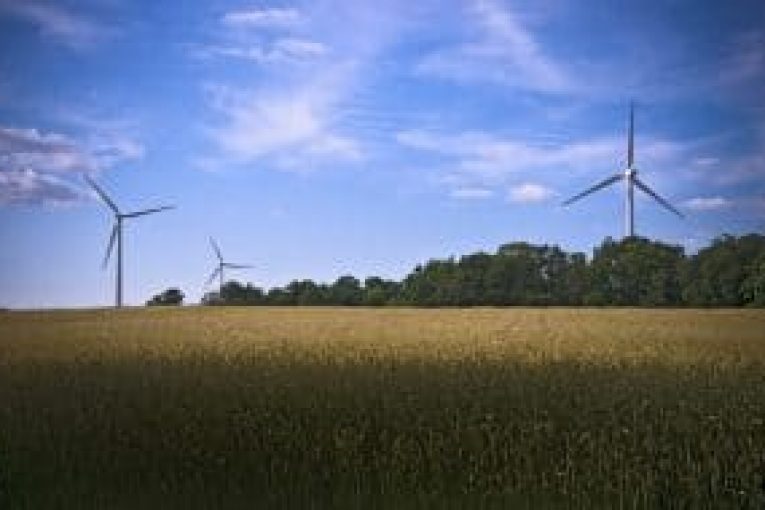
Why is it that wind energy costs keep declining while mainstream electricity generation costs continue to climb? The answer is continued evolution in wind turbine technology.
Wind energy is now the lowest-cost option for new electricity supply in most Canadian provinces. Contracts awarded in Hydro-Quebec’s most recent request for wind proposals set a new low average price for wind in Canada of 6.3 cents per kilowatt-hour; in Ontario, a new low of 6.45 cents was achieved in its latest procurement. Procurements currently underway in both Alberta and Saskatchewan will deliver even lower prices when results are announced in 2017 / 2018.
A study by the International Renewable Energy Agency states: “Historically, the installed costs of onshore wind power have declined by 7 per cent every time global installed capacity has doubled”, and it predicts that the “global weighted average LCOE [levelized cost of energy] of onshore wind could fall by 26 per cent by 2025.”
Meanwhile, natural gas generation prices are increasing as carbon costs are included; nuclear generation prices are forecast to increase in Ontario to recover refurbishment costs; and new hydro mega-projects are seeing costs climb.
In comparison, wind energy prices continue to decline as the technology continues to improve, lowering the cost of wind turbines while increasing performance. Today’s larger wind turbines are more cost-effective and reliable than ever. For example, average rotor sizes have doubled since the 1980s, with much longer and lighter blades sweeping larger areas, capturing much more energy. Turbines have taller towers, more reliable drive trains and performance-optimizing control systems.
According to the U.S. Department of Energy’s Wind Technologies Market Report (August 2016), between 1998 and 2015:
Improvements such as these translate into more power at lower prices. The report finds that the average 2015 capacity factor (percentage of theoretical maximum electricity production on an annual basis if wind blew at the appropriate speed all the time) among U.S. projects built in 2014 reached 41 per cent, compared to 31 per cent for projects built in the 2004-11 period. Wind turbine prices in 2015 also were 20-40 per cent lower compared to 2008 prices. Lower installed costs and higher capacity factors have led to a dramatic decline in the average levelized long-term price from wind power sales agreements, which have fallen by almost two-thirds in the United States from 2009 to 2015.
As a result, wind power was the largest source of new electricity generating capacity in the U.S. in 2015, representing 41 per cent of all added power capacity.
Here in Canada we are benefiting in the same way from wind energy technology advances and falling costs. In addition to its reliability gains and competitive costs, there is also a growing understanding that wind energy is emissions free, that it has no fuel costs, that it can be built relatively quickly and scaled to meet needs, and that it benefits local communities and our national economy.
These are all reasons why more wind energy capacity has been built in Canada over the past 11 years than any other form of electricity generation, and why it is becoming the mainstream energy of choice for our country.
You can read more of the news on source



